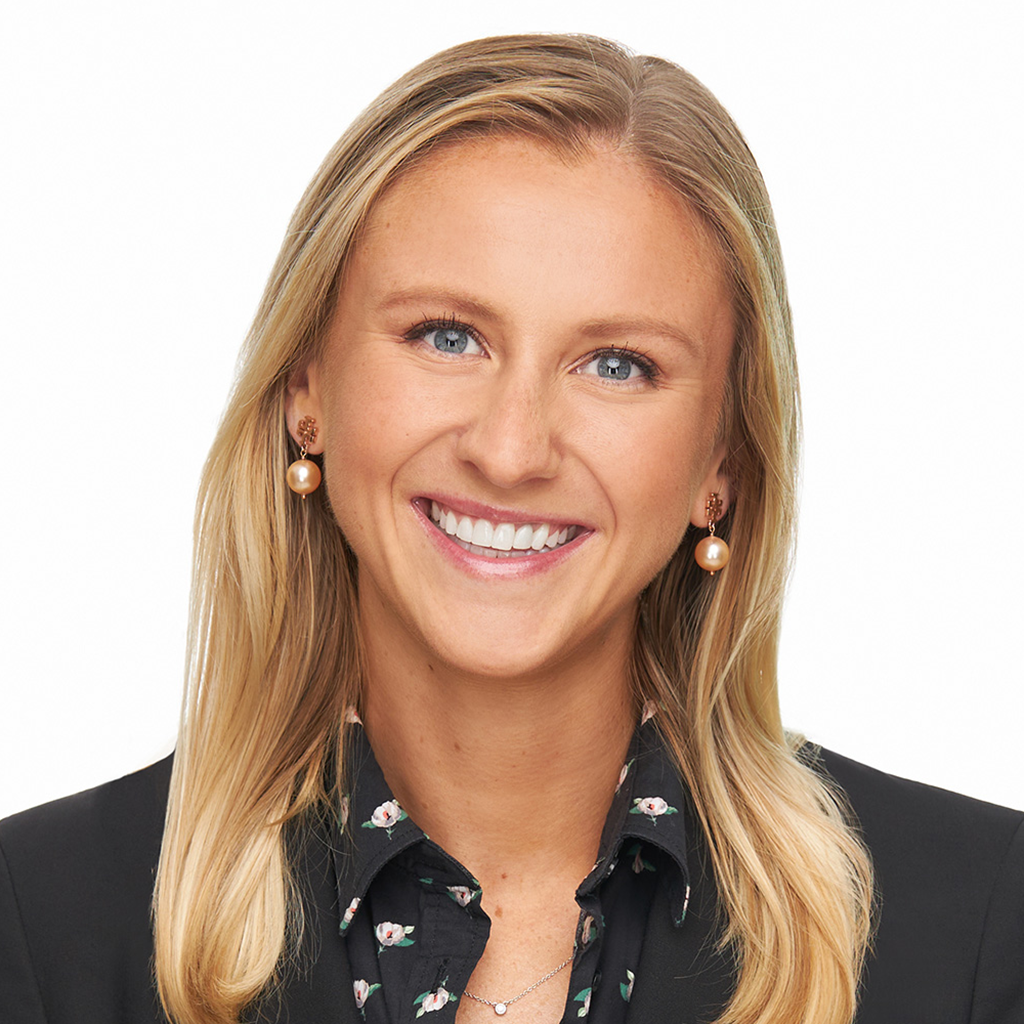Experts are sounding the alarm over the risk of infections and other negative outcomes that patients could face after receiving treatments at medical spas, or med spas, which have boomed in popularity in recent years. According to a recent NBC News report, physicians are seeing more adverse reactions linked to the facilities and there are growing concerns over the clinics hiring unlicensed workers or using unapproved products.
In December, the U.S. Food and Drug Administration issued a warning about consumers having adverse reactions to fat-dissolving injections, some of which were administered by unlicensed personnel at med spas. These facilities are not overseen by any federal agency, the American Academy of Family Physicians noted on Jan. 15, pointing to concerns not only with “fat-melting” injections but also chemical facial peels, IV electrolyte infusions and other common med spa treatments.
Featured Solutions
“Those two cases both have alarming and tragic outcomes,” said Lily Chetosky, Broker, Professional Liability, Burns & Wilcox, Chicago, Illinois. “It puts into perspective the potential risks when dealing with this class of business.”
Any type of adverse reaction from a med spa treatment could lead to a lawsuit, which could be costly and damaging for the business, particularly if they do not carry Medical Professional Liability Insurance, also known as Medical Malpractice Insurance.
“It could be a serious issue for a med spa owner,” said Evan Miller, Broker, Professional Liability, Burns & Wilcox, Chicago, Illinois. “They are going to have the financial fallout of that claim, there could be some reputational damage as well, and moving forward their insurance coverage may be more difficult to obtain and oftentimes pricier.”
Med spas become $17.5 billion industry in U.S., oversight limited
Around 8,800 med spas were operating in the U.S. as of last year, according to a November market research report from Marketdata LLC, making up a $17.5 billion industry, with sales expected to increase 9.8% per year as more facilities open. Globally, the medical spa industry could be valued at $25.9 billion by 2026, MedEsthetics Magazine reported in 2022, including market size growth in Canada of an estimated 12.2% during that time.
In Canada, where provincial regulations may apply and many treatments can only be performed by certified or licensed providers, there has been “vast growth” in facial injectables and procedures being performed in non-clinical settings, according to a 2023 report from Precedence Research.
“It is absolutely a growing industry,” Miller said. “As you drive down the highways of your local urban area, you can usually see all sorts of billboards that kind of reaffirm that.”
While many facilities are adding popular procedures “in the name of growing their business,” med spa owners should weigh the potential risks before taking these on. “It is important to make sure that proper oversights are in place from an ethical and risk management point of view to make sure it all goes smoothly,” Miller said, such as ensuring only licensed medical staff administer treatments. “Adverse incidents are far more likely to occur when these things are handled by paramedical staff versus licensed medical providers.”
In the U.S., each state has its own rules for med spas, some of which are “more lax” than others, and state regulators may have limited resources for enforcement, NPR reported Jan. 5.
“Some need to have a physician in the office or by phone, some just need a nurse practitioner — that all differs,” explained Chetosky, who has noticed a “huge uptick” in med spas over the past three to four years. “Since [regulations] are mostly up to the states, it can be hard for individuals to really grasp. Consumers often think that because they are not going into a physician’s office or a hospital, that the services they are going in for are maybe less extreme.”

Consumers often think that because they are not going into a physician’s office or a hospital, that the services they are going in for are maybe less extreme. … It is not that the services are less extreme, it is just the setting.
Yet, “a lot of the services that you can get at a med spa, you can also get at a doctor’s office or hospital,” she said. “It is not that the services are less extreme, it is just the setting.”
When a med spa is sued over a client’s adverse reaction, its Medical Professional Liability Insurance can cover expenses such as legal defense, medical costs, and settlements. It is “the most important” policy they should carry, Chetosky said. They also usually require Commercial General Liability (CGL) Insurance to cover general third-party injuries and property damage, and they may also need Products Liability Insurance to address claims related to specific products formulated or resold in the facility. “For example, with eyelash serums, I have seen cases where that could affect eye functionality or cause blindness,” she said, adding that laser treatment burns are another concern.
First-year med spas may be especially vulnerable to claims
According to NBC News, it is unclear how many consumers have been harmed by medical spa treatments, as infections and other adverse reactions may not be reported to authorities. The New York Times reported in April of 2023 on the use of CoolSculpting machines used in med spas to “freeze” away pockets of fat but that left some patients with “severe disfigurement.” In October of 2023, a woman in Concord, South Carolina, told WSOC-TV she had a negative reaction to lip filler she received at a medical spa and was given more filler, with the same reaction, when she returned to the spa.
“We can see some nasty claims in this space regarding complications,” Miller said of adverse reactions to med spa treatments. “Oftentimes, complications do occur with these kinds of facilities. I think it is good that light is being shed on these risks.”
In addition to greater awareness for consumers, more attention on potential adverse reactions can help encourage business owners to tighten their policies and procedures for patient safety. “All of it just underscores the need for proper medical oversight in these facilities,” he said. “From a risk management perspective, it just shows the need to have a medical director and licensed medical personnel on staff and to have the appropriate risk assessments in place.”
While Medical Professional Liability Insurance is “by far” the most critical coverage for a medical spa to cover potential claims over adverse reactions, owners should also speak with their insurance broker about insurance enhancements such as an add-on for sexual abuse and molestation claims. “That is often a good recommendation in today’s atmosphere,” Miller noted.
According to Chetosky, many policies will include this supplement, which should be considered “anytime you have one-on-one contact with a patient to a provider.”
“That is just important verbiage that you should confirm your policy has,” she said. “I would also check your exclusions and understand your state laws regarding everything it takes to operate a medical spa and who needs to administer certain products.”
This is key, Miller agreed: “Making sure they are in compliance is a pretty crucial aspect of their risk management,” he said.
As the medical spa industry continues to grow, many businesses in operation today are still new to the industry. “A lot of these medical spas that I am seeing are first-year operations. A lot of them do not have the financial backing that these bigger operations have,” Chetosky said. “Even if they have one claim, and even if it is a small claim, that could really use up a lot of their capital.”
Taking steps to protect patients, prevent losses
By carrying Medical Professional Liability Insurance in addition to CGL Insurance, medical spas can be insured against their “main exposure” of medical malpractice as well as on-premises risks like slip-and-fall accidents. “A lot of these medical spa owners think that having general liability coverage is enough, when really the main exposure is medical malpractice,” Chetosky said. “They are leaving a big gap in coverage if they are not covered for the medical piece. Even if it is a small med spa in rural America, or the owner thinks that they are friends with all of their clientele and will never get a claim, just having that peace of mind for the owners can really help them grow in the future.”
Beyond insurance considerations, medical spas should review their staffing guidelines and procedures, she said.
“A med spa should have really strict hiring practices and even stricter training procedures,” Chetosky said. “You want to make sure your employees are doing what they should be. Hire a medical director you trust and have confidence in, implement clear and transparent consent forms, and be open about potential side effects with your clients.”

They are leaving a big gap in coverage if they are not covered for [medical malpractice].
Miller emphasized that risks and benefits should be fully discussed with all clients before procedures begin and that this informed consent should be documented.
“It would be important for any new med spa to have well-thought-out and introduced risk management procedures,” he said. “They should be pre-screening for risk factors in patients and referring them elsewhere when needed, and they should be documenting everything on the education and training of their personnel. Prior to opening, they should be developing and implementing policies for emergencies, patient informed consent, and disclosure of unanticipated outcomes for their patients. Make sure that prior to the procedure, the patient is fully aware of the expected outcomes and potential complications. Keeping documentation of those things can be important in the event a claim pops up down the line.”




